Ethereal Western Group of Temples || The Temples that make Khajuraho such an enticing entry on the World Tourism Map
Khajuraho town of Madhya Pradesh has three groups of temples - Western, Eastern and Southern. Of these, the Western Group of Temples is the most famous. This is the place that is most frequented by tourists. It is also at the center of Khajuraho, opposite the most happening marketplace and cafe street. It is also the place where the Light and Sound Show happens.
The Western Group of Temple is situated on the right side of the Bamitha Road in Khajuraho and the Chausath Yogini temple that is a few meters before the actual Western Group of Temples compound, is also considered a part of the Western Group. While we were there, a new compound was being constructed. The man at the ticket counter told that the ultimate plan is to merge the complexes of the Chausath Yogini temple and the Western Group of temples and have one ticketed entry. As of now there is no ticket to see the Chausath Yogini temple.
Related Blogpost - Khajuraho Light and Sound show || A spellbinding and informative opportunity to learn about the history of the temples and that of the Chandela Dynasty
We visited the Chausath Yogini temple in the evening. That temple is slightly elevated and offered good views of the sunset. However, we will talk about this amazing temple in another post. In this post, we will focus only on the temples within the ticketed compound.
As soon as you enter the compound, the first two temples are small shrines known as Devi Mandap and Varaha Mandap. The roof of the Devi Madap has been restored in the last century. You can make this out from the cemented filling that stands out amid the sandstone.
Related Blogpost - Beautiful and Unique Laxmi Temple in Orchha, Madhya Pradesh || Witness history through the fresco-laden walls of a beautiful temple
The Varaha Mandap is an open pavilion with the roof supported by 14 short pillars. At the center of the shrine is the huge idol of the Varaha Avatar of Vishnu. This idol is a monolithic sculpture carved out of a single slab of sandstone and measures 2.6 metres long and 1.7 metres high. The idol is quite beautiful to see and very difficult to capture in a single shot, unless you have a fish-eye lens.
Related Blogpost - Orchha, Madhya Pradesh || The hidden land that adopted Lord Ram as their King in the 16th Century
The big temple opposite the two mandaps is the mis-named Lakshman Temple. It is dedicated to Lord Vishnu actually and is among the three largest temples in the Western Group of Temples. The temple is on a large, square platform and all sides of this platform are adorned with sculptures depicting several war stories, erotic rituals, and other glimpses from day-to-day lives.
None of the erotic sculptures are, however, inside the main temple itself, giving rise to the speculations that this symbolizes that one needs to leave ones earthly desires outside before one can ascend a spiritual plane. I somehow do not think that was the idea. Because in other temples scattered across this belt, there are several that also have erotic sculptures inside the temple itself.
Related blogpost - The Marvels of the Orchha Palace Complex || A Stunning, Solid & Complex Architectural masterpiece that came up over the centuries
In my opinion, these sculptures are here because our ancestors recognized sex as an integral part of our existence and didn't think twice before carving it in stone and putting them out where everyone could see. They did not feel that they were doing anything that centuries later, much more "progressive" human beings will find awkward or feel the need to justify.
Related Blogpost - Raja Cafe, Khajuraho, Madhya Pradesh || Enjoy great views of the Western Group of Temples while munching on awesome food and chilled beer
One of the largest and the most intricately carved temples of the complex, Kandariya Mahadev shares its platform with a small Mahadev shrine and the mid-sized Devi Jagdambi Temple. The temple measures about 30 meters in length and 20 meters in width. The temple's shikhara rises 35.3 meters above the ground.
Related Blogpost - A Pleasant, Standardised stay at Golden Tulip, Khajuraho || A hotel at walking distance from famous Western Group of Temples
The temple's walls are again adorned with very detailed sculptures depicting lives of Gods and human beings and their everyday concerns - yes, including sex. Some of the sculptures though depict some highly complicated and seemingly ritualistic positions.
We saw several families exploring these temples with their young and even teenagers. While some were quite obviously awkward about it, others were studying these sculptures with keen interest and without any trace of voyeuristic pleasure. If Indian families can get to a point where sex is no longer taboo, it would be so much more relaxed and healthy environment.
The more difficult to reach recesses are adorned with protective mythical beings fighting the forces of evils. There are Naginis, female counterparts of the Naga, that are blessing the onlookers and praying to the divine. The beautiful entrance toran is designed like a garland of flowers being carried by nymphs toward the heaven. The toran stems out of the mouths of makaras, or mythical crocodiles.
Nested between the Kandariya Mahadev and the Devi Jagdambi Temples is a small temple knowns as the Mahadev Shrine. The sculpture of a rampant lion fighting a kneeling figure has been installed on the porch. This is supposed to be the emblem of the Chandelas.
Much smaller than the Kandariya Mahadev Temple and a little larger than the Mahadev temple, the Devi Jagdambi temple has only one mandap and no inner path for a circumambulation. The temple however boasts of some of the most gorgeous sculptures in the Western Group of temples.
The walls of this temple seem to celebrate female beauty and also immortal love that is found in the most unusual places. There are panels of the deity of death, Yam or Yamraj, with Nirrti, personifying death, decay and sorrow, placed alongside scenes of love and tenderness.
There are sculptures of the trinity - Brahma, Vishnu, and Shiv in an eternal passionate embrace with their respective consorts. That is the beauty of it all - we allow our Gods the same human "failings" as us. Then why should we consider them as failings? Why should we be so embarrassed by our passions?
A panel on the south has a sculpture of Varaha with a human body and a boar's head, as he emerges from the primeval waters carrying Bhudevi, the goddess earth, out to safety. There is a hint of tenderness and affection as the goddess places her hand gently on the Varaha's snout, as if to thank him for rescuing her.
There are sculptures dedicated to female beauty and even vanity with beautiful women engrossed in admiring themselves and in adding a touch of makeup or hair styling to their already perfect existences. Tucked away in the recesses you can find figures of divine couples together in conjugal harmony, celebrating each aspect of love.
There is one image on the south that is particularly moving. It is that of a woman leaning on her lover, in a fashion similar to a creeper climbing tree. The panels effectively depict a co-dependence of male and female energies, how one is incomplete without the other, and how together, they can create eternity.
If you are looking for these erotic sculptures for some giggles , you will find plenty here. If you are looking for images of love, you will find that here as well. We started with the giggles, and then slowly withdrew inward contemplating the purpose of these sculptures. But by the end of our tour, we had unquestioningly accepted the existence of these sculptures just like one would accept the existence of a tree in a forest.
Now that we have addressed the elephant in the room, let's talk a bit about Khajuraho itself as well as its history. As you would also gain from the sound and light show, the city, when it was discovered had a dense population of date trees or Khajoors. And that led to it being called Khajuraho. The first actual reference in historical text was in the written accounts of the Iranian Scholar Abu Rayhan Muhammad ibn Ahmad al-BiruniAbu Rihan, as he described the region while accompanying Mahmud of Ghazni in his campaign against Kalinjar. The next mention is by Ibn Batuta, who visited this place in 1335 AD, during rule of Mohammad Bin Tuglaq.
By this time, about 85 temples had been erected in the city and it was a great religious center where grand festival of Shivratri was held, attended by a large number of people from nearby and faraway places. However, by this time, the Chandela Dynasty was in its downfall and the capital had been shifted from Khajuraho to Mahoba for security reasons. Slowly, the spellbinding city of Khajuraho faced its own decline and was abandoned. Reflecting back, that may have been a good thing to happen. Because after being abandoned, the temples did escape the worst of the wraths of Muslim invaders (though some plundering and destruction still happened). Also, time does not spare anything or anyone. So the temples were slowly overtaken by wilderness and forgotten by people.
The city was rediscovered accidentally by British India Army Captain T.S. Burt in 1838. However, by then only around 22 temples had survived. Today, Khajuraho is a UNESCO World Heritage Site and makes us proud by just being out there in all its boldness and brightness, and cheer and celebrations. Exactly what we would want to sustain and retain from generation to generation.



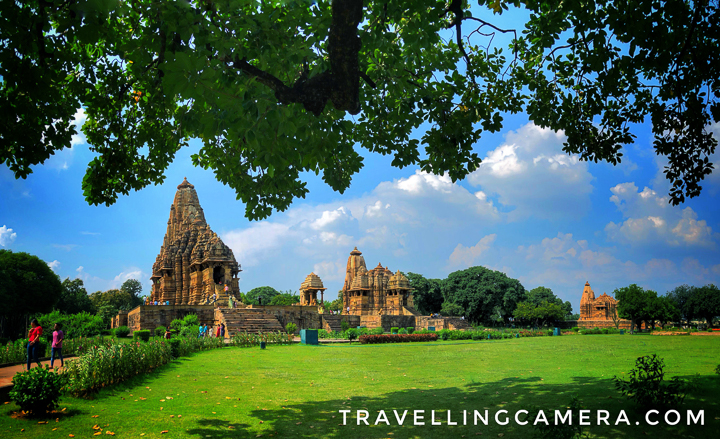

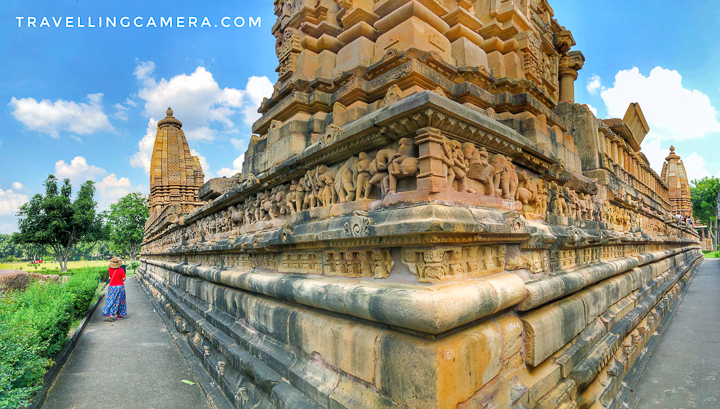






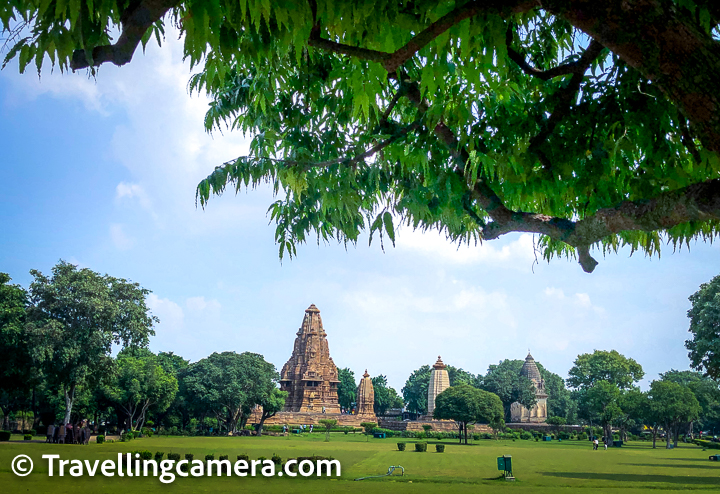

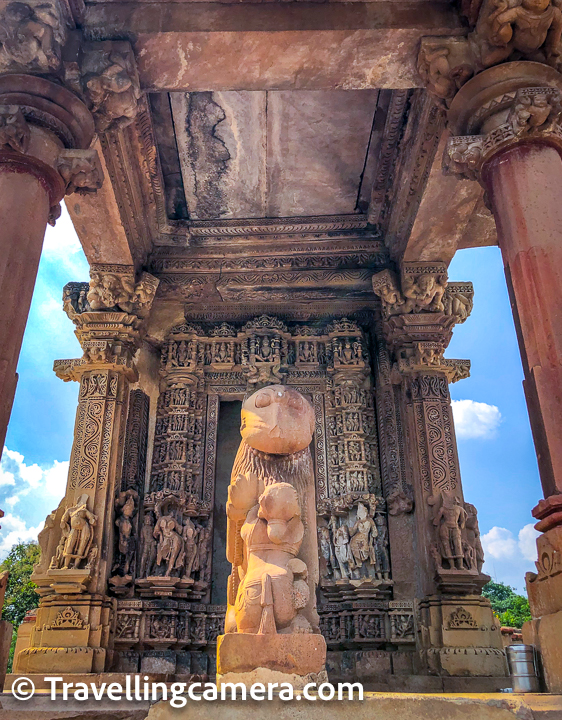


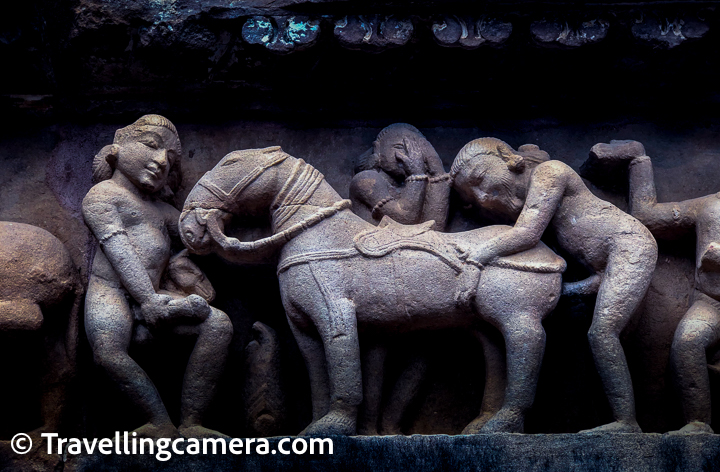
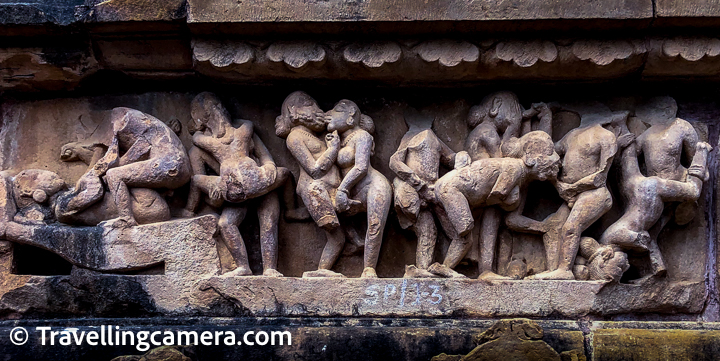
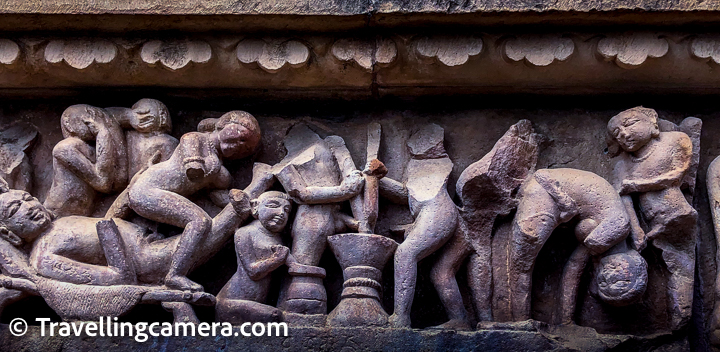

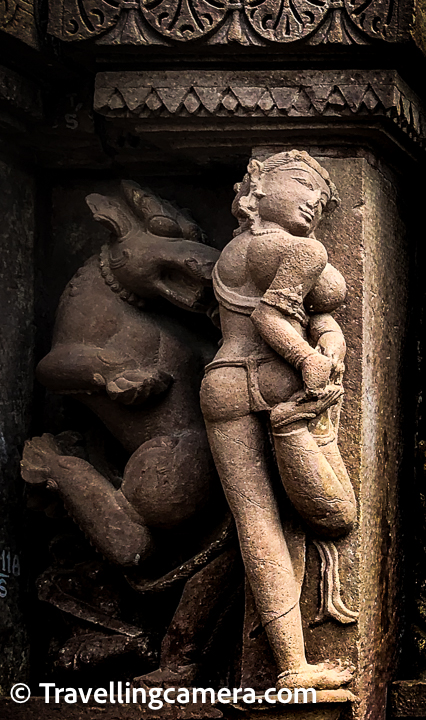
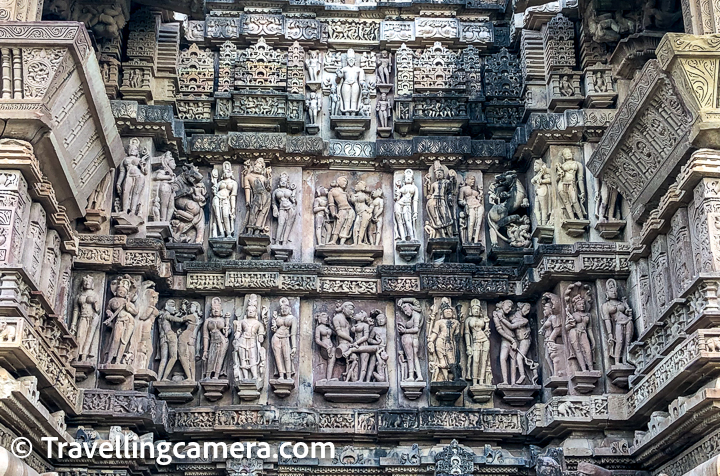
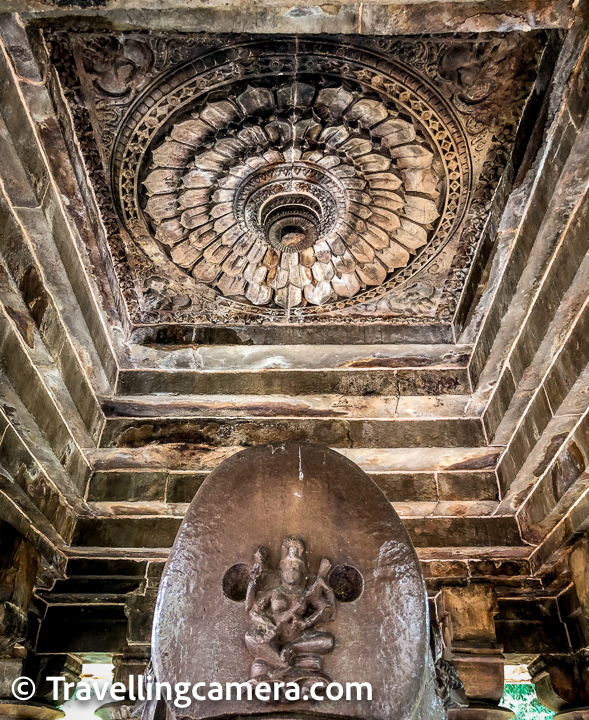

.jpg)
Comments